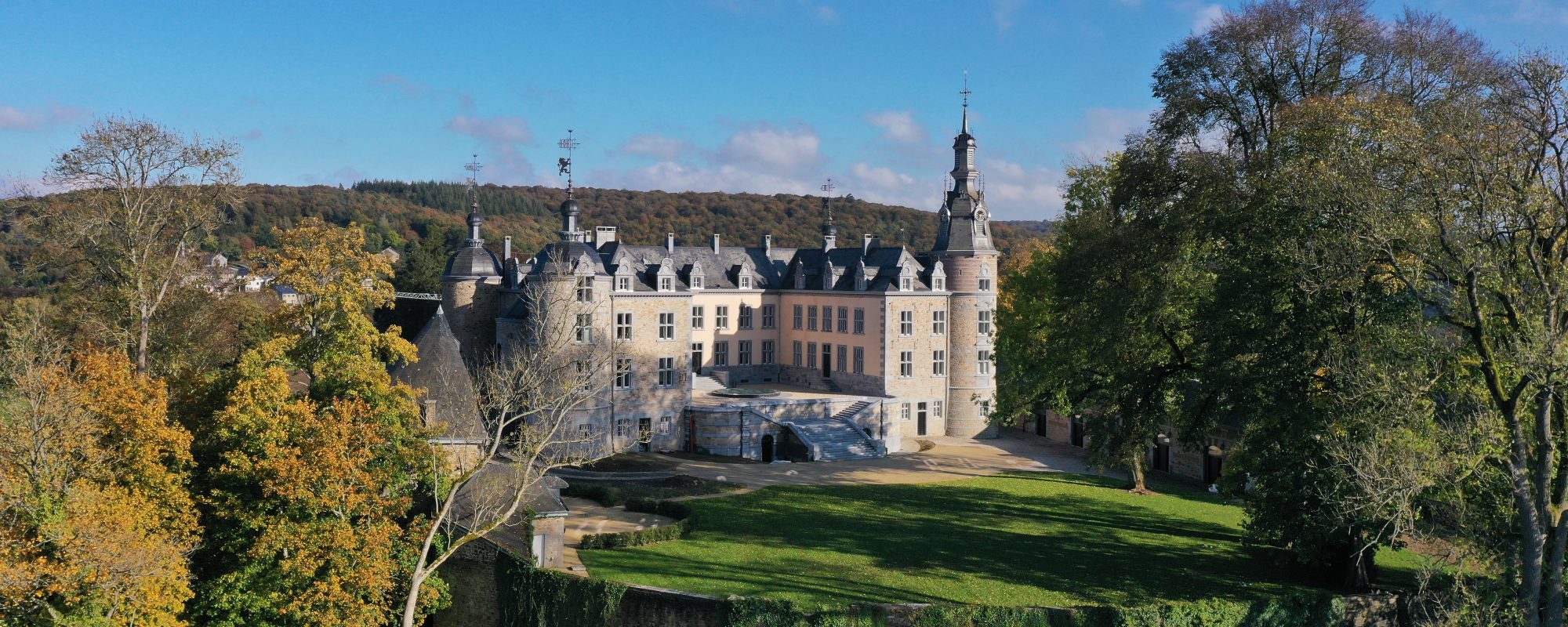
Our villages vary between rural heritage, classified monuments and remarkable sites. Whether castles, farms, churches or abbeys, traditional buildings, rural or natural heritage, discover the must-see Most Beautiful Villages of Wallonia!
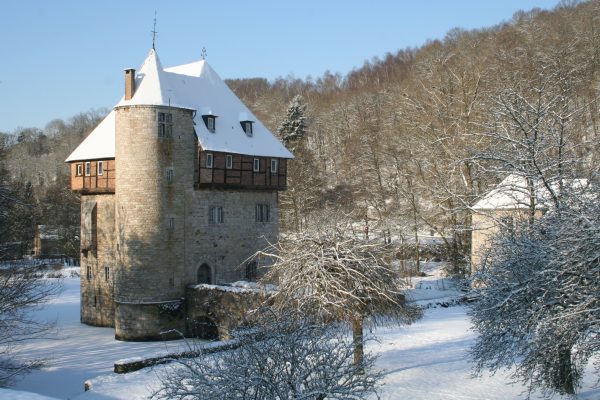
From seigniorial farm to fortified house, its haughty silhouette dominates the entrance to the village of Crupet - Exceptional heritage of Wallonia - private property.

Where the waters of the Semois meet the foot of the village, the church of Saint-Martin imposes its silhouette on the landscape
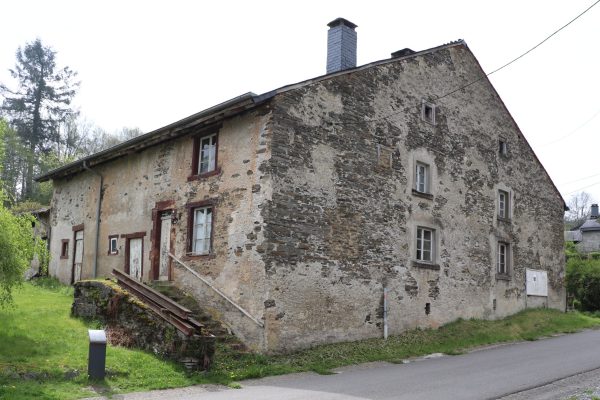
Textures, materials and traditional volumetry characterise this old Ardennes farmhouse.
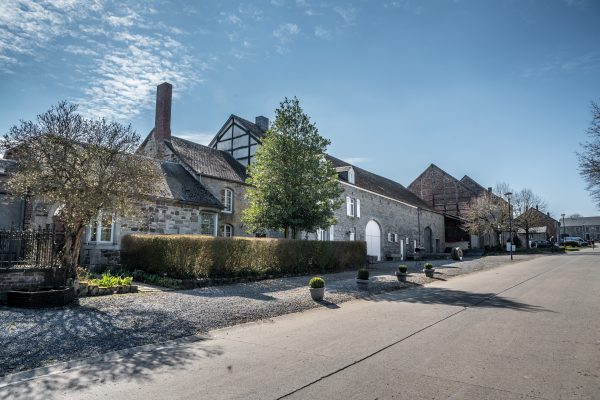
Homogeneous volumes from the second half of the 19th century, typical of the regional habitat.
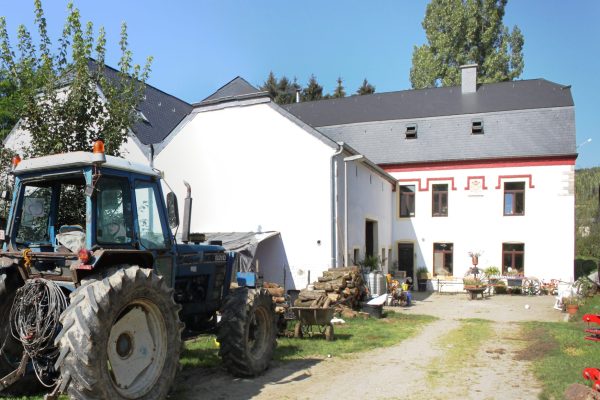
Vintage "1776" and witness to the will of the Empress of Austria to build mills in Luxembourg.
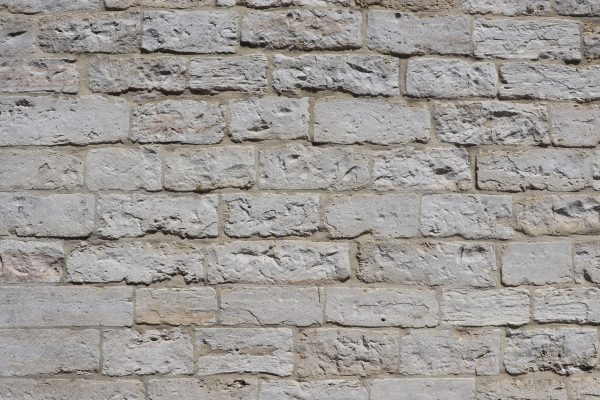
The stone of the villages of the "Vallée Blanche"
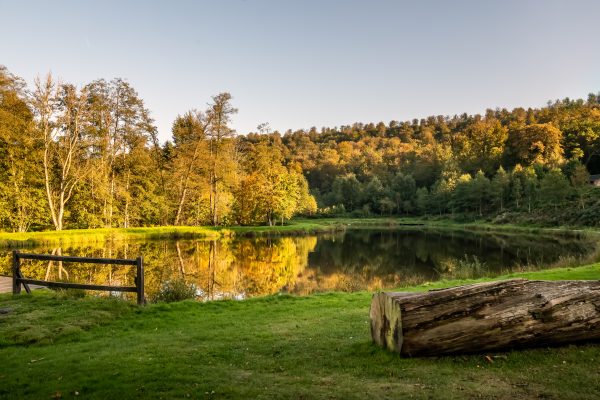
A 1350-hectare forest estate, ideal for walking or strolling
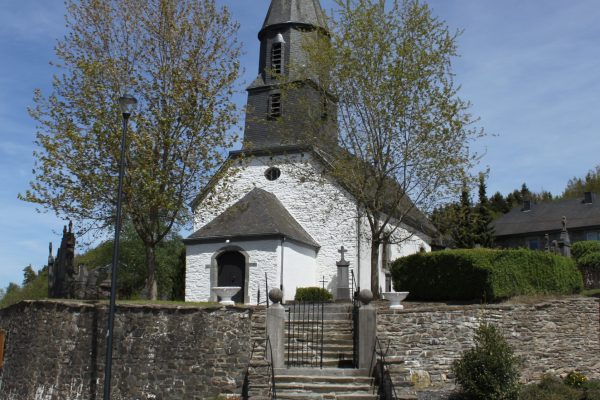
Characteristic of a secular model, and set on the large walled base of the cemetery, the Saint-Laurent church has dominated the village since 1820 - Listed monument

From the top of its rocky spur overlooking a meander of the Vesdre, the silhouette of Saint-Georges church looks proud and dominates the locality - listed monument - Exceptional heritage of Wallonia
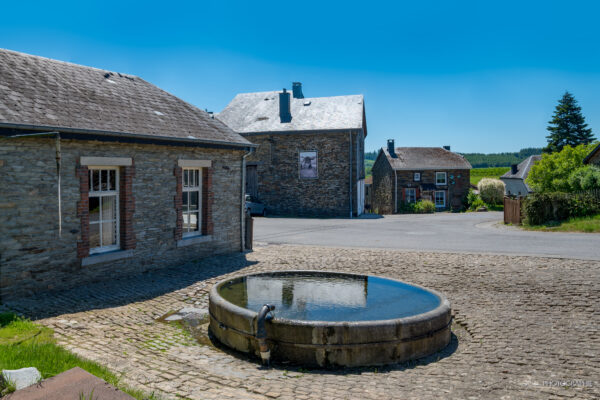
Dans le haut du village, le lavoir fut aménagé en 1865, en contrebas d'une source alimentant deux grands bacs en pierre calcaire ainsi que l'abreuvoir circulaire établi à proximité.
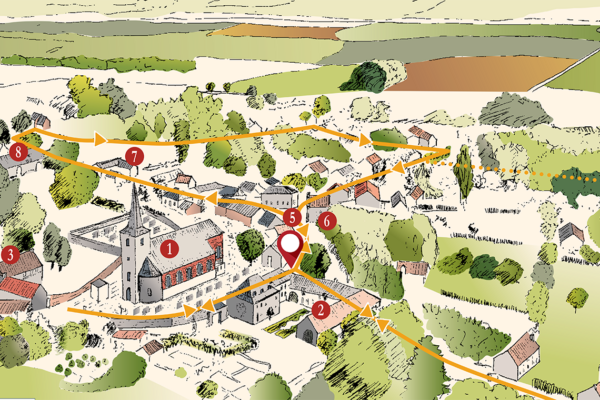
Immerse yourself in Mélin's heritage with the discovery tour FR - NL - EN

Un circuit d’interprétation de 2 km agrémenté de panneaux didactiques guidera vos pas à la découverte du charme pittoresque de la localité…
The association Les Plus Beaux Villages de Wallonie (The Most Beautiful Villages of Wallonia) oversees a network of 32 villages, bearers of a strong territorial identity and reflecting traditional architecture. It is committed to promoting the rural, cultural and natural heritage of Wallonia and is a part of the development of local and responsible tourism.
More information